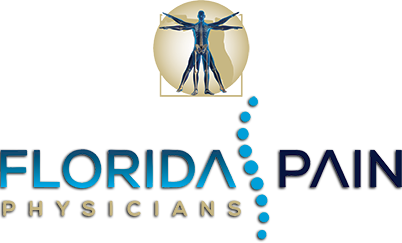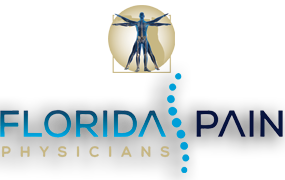Migraines are no joke. They affect more than 38 million adults and children throughout the country, which is more than asthma and diabetes put together. That means there are a lot of people out there looking for the best possible migraine treatment in Jacksonville, FL. While some might turn to pain medication, many choose a more natural path toward alleviating their migraines—chiropractic care.
Current research shows many positive reports as to how effective chiropractic care is when it comes to dealing with migraines. In recent studies, subjects that underwent chiropractic care found that their headache duration, frequency, and disability were reduced when they received spinal manipulation therapy. This positive result enabled them to take less medication for pain while providing an all-natural answer to their chronic problem.
In another study, researchers found that a combination of neck and chiropractic massage reduced migraine pain in patients by almost 68%. That means even if chiropractic care can’t stop migraines altogether, it can at least make them much more manageable for those who suffer from them.
Reach out to your pain physician to learn more about how chiropractic care can be the right solution for helping you with your migraines now and into the future.






